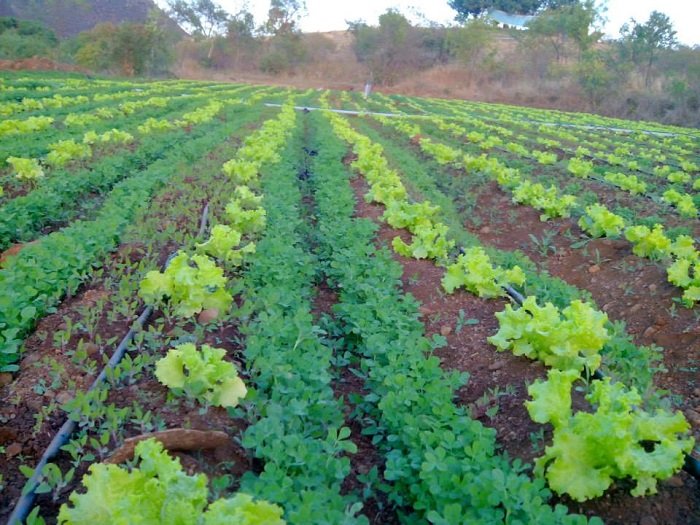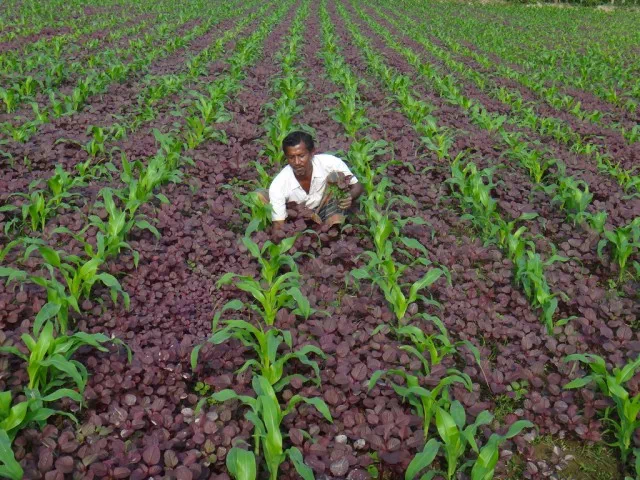What Are the Regenerative Agriculture Practices?

The term ‘regenerative agriculture’ simplifies a complex reality, as all terms do. No definitions are perfect, but we need shorthand terms to describe the process of restoring soil and ecosystem health, addressing inequity, and leaving our land, waters, and climate in better shape for the future. Key Practices on Regenerative Agriculture refers the following practices.
Enhancing Productivity and Biodiversity
Regenerative agriculture involves a systems-based, holistic approach to stewarding the land. It applies various principles with the goal of making the land more productive and biodiverse over time. Based on the global situation, experts sometimes review the concept of regenerative agriculture and suggest rehabilitating soil health to maintain productivity as long as possible.
Prioritizing Soil Health for Abundant Crop Production
Conventional agriculture has neglected soil health to prioritize crop production. In contrast, regenerative farming focuses on improving soil health to grow healthy and abundant crops. At the same time, regenerative farmers view soil as a complex, living entity in its own right. Key practices on regenerative agriculture help to get sense of soil health.
 Multiple cropping or intercropping.
Multiple cropping or intercropping.
About soil status of Bangladesh & initiatives
According to the soil test report from the 28th district of Bangladesh, based on initiatives from the primary agriculture project and the Soil Resource Development Institute of Bangladesh, the average soil organic matter in Bangladesh is 2.5%. Even the average organic matter in undisturbed soil is less than 3%. Therefore, the required organic matter is insufficient throughout Bangladesh.
Collaborative Efforts and Innovations in Agriculture
The Department of Agriculture Extension and various corporate initiatives work closely with farmers to improve soil structure and increase organic matter. For the past 25 years, compost use has been part of an ongoing awareness program, and since 2014, vermi-compost has been introduced as a new option. The DAE began demonstrating vermi-compost with summer tomatoes. Additionally, biochar, Jivamrit, and other new soil technologies are actively promoted to raise awareness and enhance soil structure.
Enhancing Soil Health and Sustainable Production
Regenerative agriculture focuses on improving soil health, maintaining standard soil elements, and achieving good production while preserving soil depth and protecting it from hazardous external elements.
 Keeping soil healthy through using five key principles:
Keeping soil healthy through using five key principles:
The five key activities that can protect soil as per the objectives of regenerative agriculture are:
Don’t disturb the soil:
Soil has a complex network of worm-holes, fungal hyphae, and a labyrinth of microscopic air pockets surrounded by aggregates of soil particles. When a bed is established, the surfaces are never disturbed. The top of the bed becomes subsoil over time due to watering and the busy organisms in the under soil. But it is disturbed by ploughing or using heavy doses of fertilizer, creating the scope of soil erosion, and throwing or storing plastic materials under the soil based on the decomposition myth.
Keep the soil surface covered:
Covering the soil surface is one of the key elements of regenerative agriculture. Maintaining a permanent soil cover is important in conservation agriculture. It protects the topsoil from soil erosion by wind and water, prevents the loss of valuable organic matter, maintains soil moisture, smothers weeds, and aids in nutrient cycling.
Keep living roots in the soil:
Keeping live roots in the soil is a principle of high-functioning soil. Plant roots feed soil microbes, and soil microbes feed plant roots. Plants devote a significant amount of their energy to cultivating and feeding beneficial soil microbes via their root exudates. In exchange, those symbiont microbes help feed and protect the plants. So roots play an important role in crop growth because they are the plant part that absorbs water and nutrients from the soil.
Grow a diverse range of crops:
A diverse range of crops can improve soil quality by restoring lots of nutrients in the soil. First, crop plants use up all the nitrogen in the soil. To restore the nitrogen, farmers plant leguminous plants which contain bacteria that change atmospheric nitrogen into usable nitrogen compounds that can then be used by the crop plants.
The following steps can help soil in various ways:
- Crop rotation.
- Planting grassland strips within and along fields.
- Establishing wildlife habitats near fields.
- Reducing tillage.
- Enriching soils with organic matter.
- Multiple cropping or intercropping.
- Agroforestry.
Bring grazing animals back to the land:
About 60 percent of the world’s agricultural land is grazing land, supporting about 360 million cattle and over 600 million sheep and goats. Animal grazing is part of soil health. It helps by controlling the growth of dominant plant species, allowing less competitive species to establish themselves. Secondly, their droppings can enrich the soil with nutrients, promoting plant growth.

Pingback: Preparing Home-Made Yellow Sticky Traps - Carbon Revolve